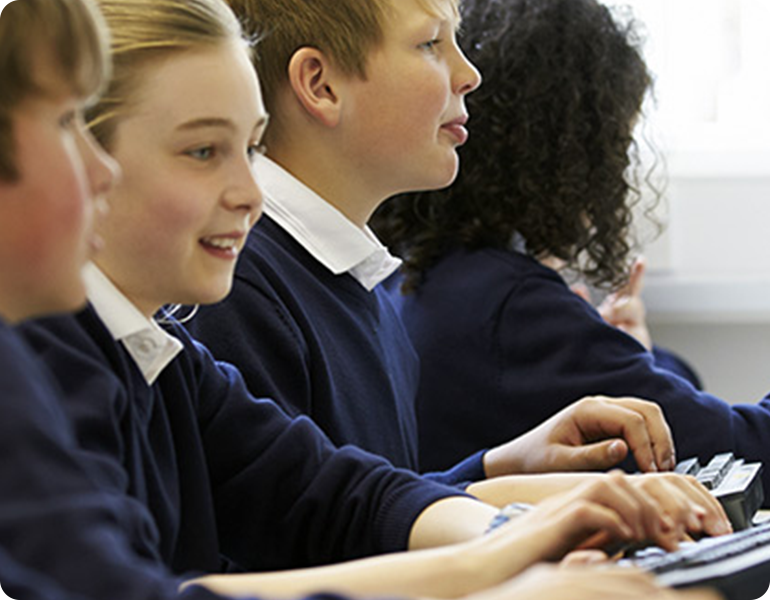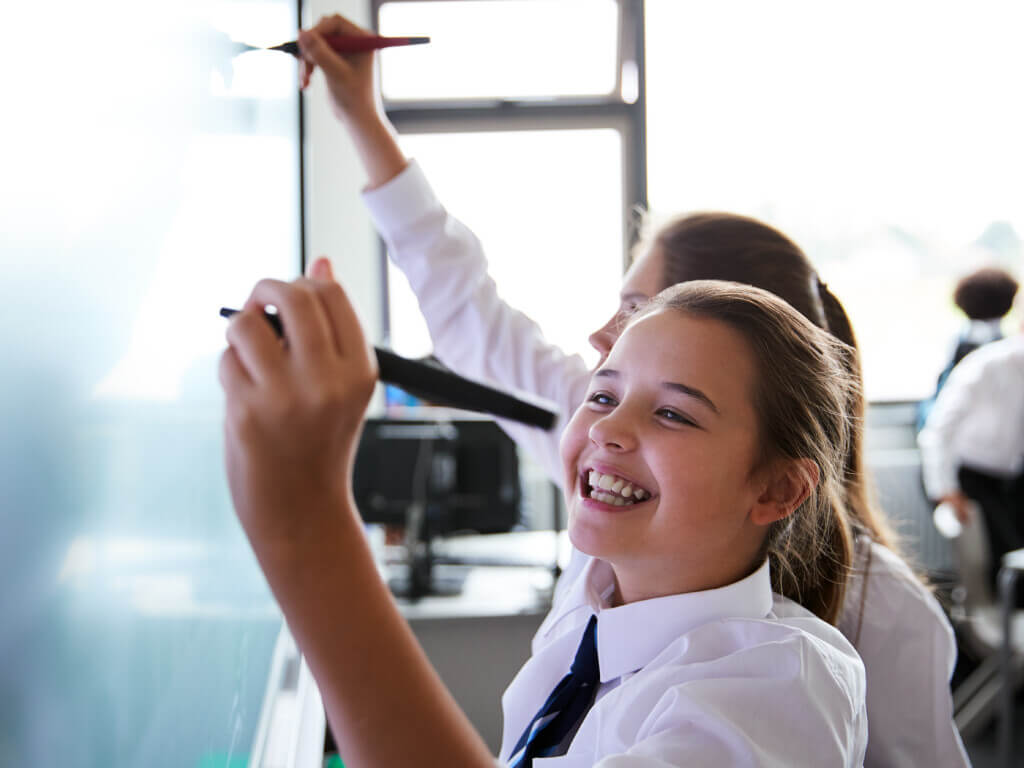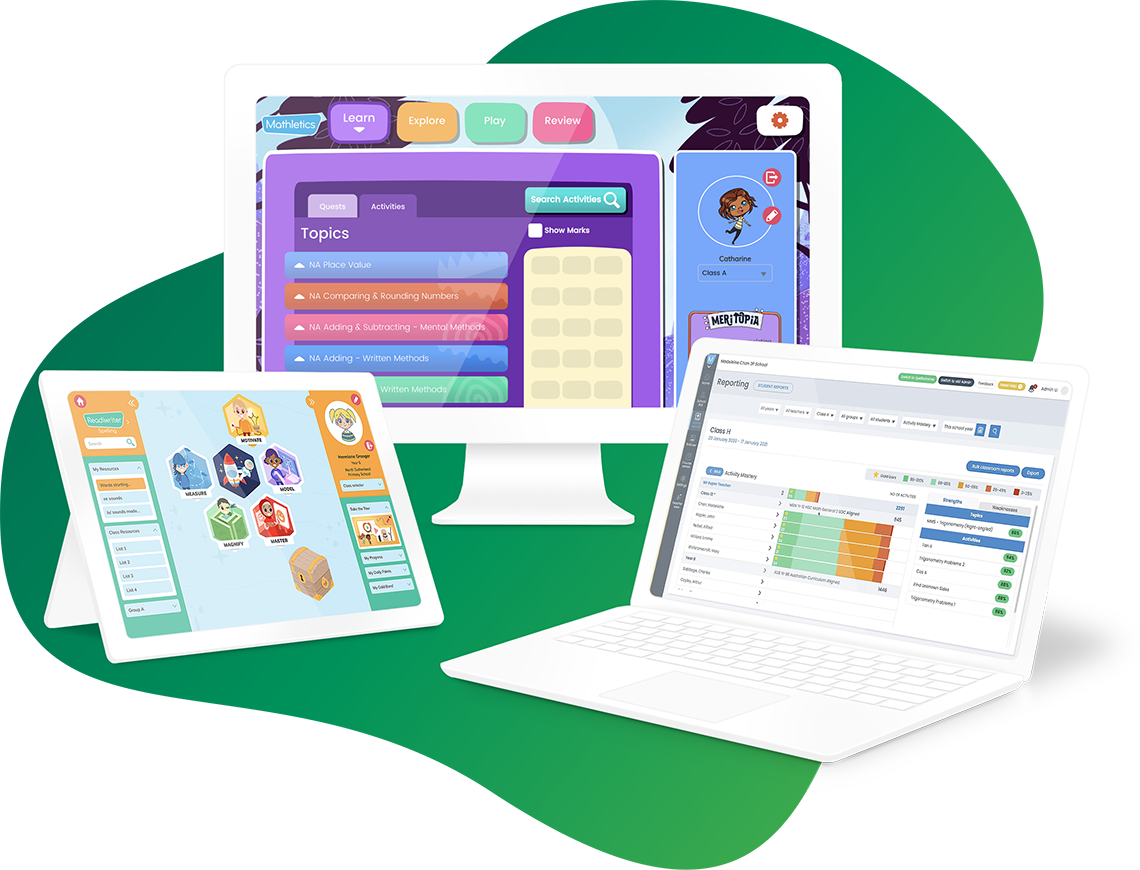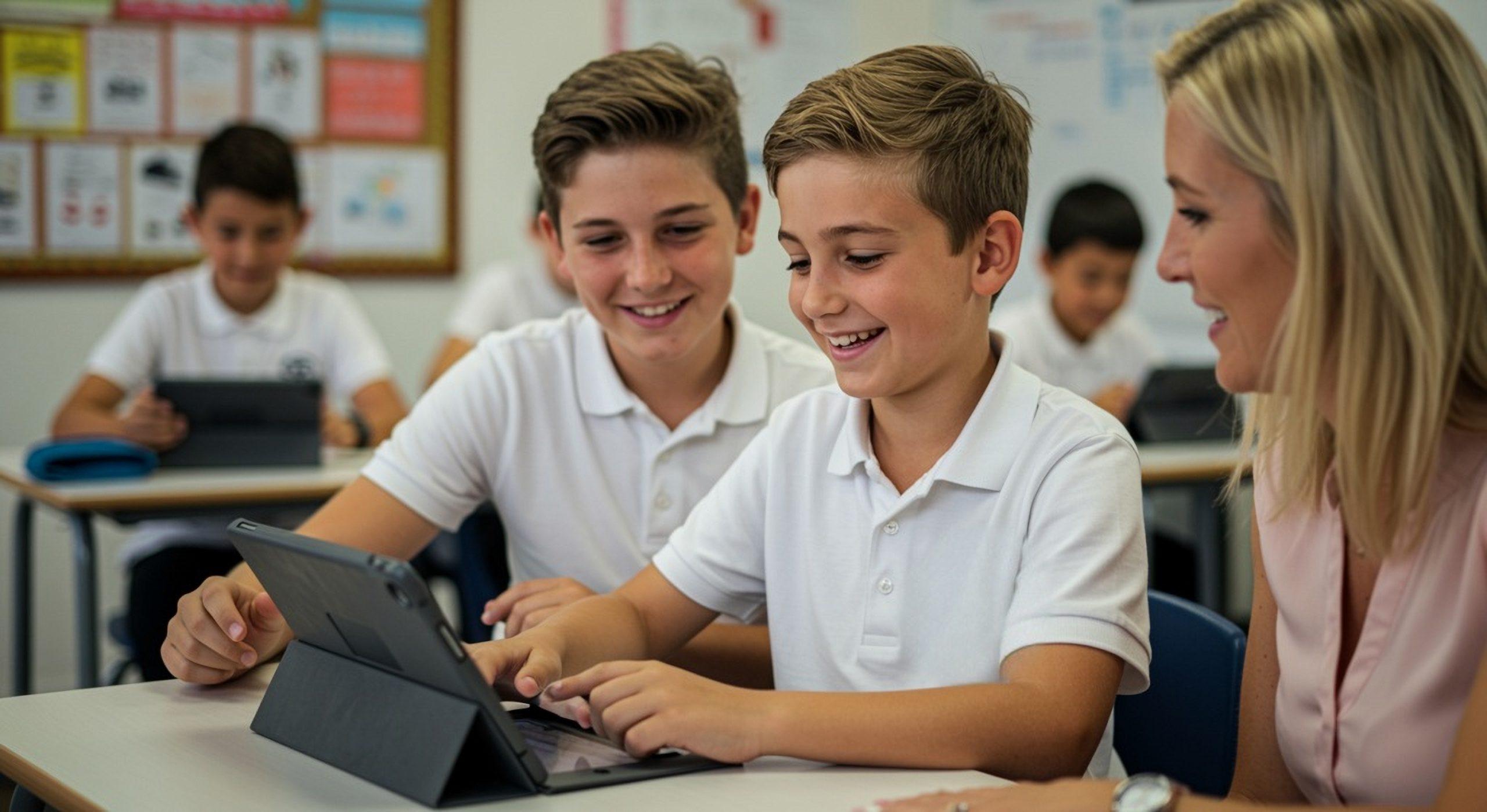
It’s not a ground-breaking concept to suggest that students benefit from individualised learning practices.
Every student learns in a different way, and teaching methods that are effective for one student may not be compatible with another’s preferred learning style. But it is a difficult task for teachers to tailor their lessons to the individual needs of each student in a traditional classroom setting.

3 Ways To Deepen Students’ Learning With Technology (from an expert)
A More Personalised Delivery
The exponential growth of information technology has seen the implementation of digital tools that allow for a much more personalised delivery of education methods and learning spaces. Digital learning platforms provide a myriad of ways for students to benefit from digital learning strategies that are optimised for their individual learning needs and preferences.
Research has proven that personalised learning techniques benefit student learning by increasing their engagement and motivation levels.
One of the core attributes of personalised learning is the creation and customization of flexible learning environments. In the classroom, it’s a challenge for teachers to personalise the physical space for as many as twenty or thirty different students. Online learning spaces offer students a virtual learning environment that they can control.
Customisation options in digital learning platforms can be a great tool to supplement student learning.
According to Bates (2014), personalised learning techniques position the student as an active ‘collaborator and co-producer’ of their learning experience, not simply a passive subject. For example, online profiles offer students the functional ability to design their own avatars as a means of individualising the learning process. Students can change their hair and outfits to reflect their personality, and build an individual identity in their virtual learning space.
Providing a digital ‘home’
Further, online learning spaces can provide students with a digital ‘home’ that is a reflection of both their identity and achievements. For example, students can create a virtual house where they select the wallpaper, furniture and objects, which are purchased through a reward system.
There are numerous benefits of these individual design spaces; not only do students harness their creativity to design their area, they are motivated to engage with the learning tools to unlock new features and furnishings that they can then use to individualise their learning environment.
There are a number of benefits that result from giving students the agency to control and design aspects of their digital learning environment. Research has shown that the use of digital self-representations such as avatars create more engaged learners, as they are able to see themselves as an active character in the virtual environment.
This increases both a student’s motivation and engagement levels, and thus has a positive effect on their performance.






